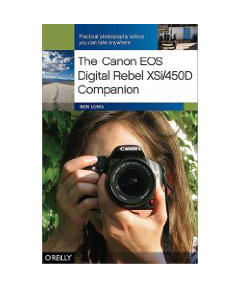
I've been using Shutterfly Pro Gallery for more than a year now, primarily for weddings. The system is fairly straightforward.
I prepare the images on my computer, upload the Jpegs to Shutterfly, set the pricing for the various sizes, publish, then send the link to the client. I can password protect each area for each client, or leave it open to the public. If I want to watermark the proofs, I have a handful of different options that Shutterfly will apply for me.
The client can then browse the gallery. When they place an order, Shutterfly handles the transaction, delivers the prints, takes a percentage of the gross, and puts the balance in my account. You know exactly how much you're going to make on each print because Shutterfly lists the profit when you set the price. So, for example, Shutterfly Pro charges 40 cents a print for a 4x6 (matt or glossy). If I set the price at $2.40 a print, Shutterfly displays $1.70 as profit. The client does not see this information, only you when you set up their account. The client only sees the price you've set.
They also offer note cards, mugs, mouse pads, magnets, playing cards, puzzles, keepsake boxes, and desk organizers that can be personalized with images from the gallery. You set the price on everything. One missing product from the lineup is their hard bound book. You can build one for yourself on the site. (They are quite nice!) But Shutterfly doesn't provide the ability for the client to build one with your pictures for a price you've set. This would be a tremendous service that I think they should figure out how to offer.
The annual fee for Shutterfly Pro is $99 a year for the basic service. They also have a Premier Plan for $199 a year. It includes unlimited hosting space for heavy users.
The main reason I use Shutterfly Pro is so my wedding clients don't have to hassle with providing prints to members of the wedding party or attendees. They can simply direct them to the Shutterfly Pro Gallery, let them peruse the images, and if they see something they want, they can order it themselves for a reasonable price. Some photographers use this method to deliver prints to the clients too. Personally, I don't. I like to review all of the images the client receives. But, it's a reasonable business model in some situations. What is nice, however, is that it's an easy way for you to publish a gallery quickly so the clients can see their wedding while you're working on their prints. I try to get the gallery up by the time they return from their honeymoon.
You can see a sample gallery here if you want to get a feel for the experience clients will have.
Overall, I give Shutterfly Pro a thumbs up. They do a good job of handling the business side of online photography so you don't have to worry about credit card transactions and sales tax. You can always check your account online, and once you publish the images, it's fun to see some money coming in the door. They also do a good job of the printing itself, which is important since the prints are going directly to the client. I do wish they offered a few more products, such as the hard cover books. We'll see if they continue to improve the service as competition stiffens.
Technorati Tags:
Derrick Story, digital photography, Technology, The Digital Story, Shutterfly Pro Gallery
























